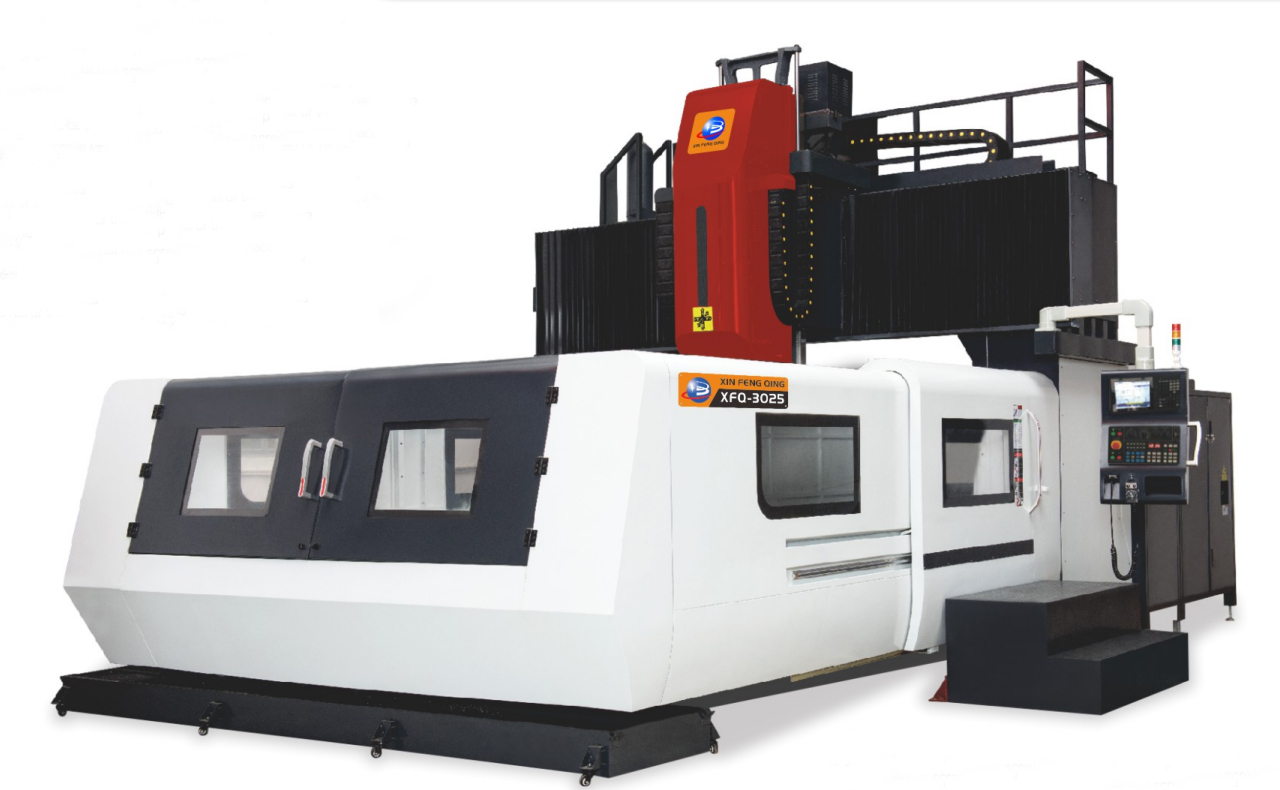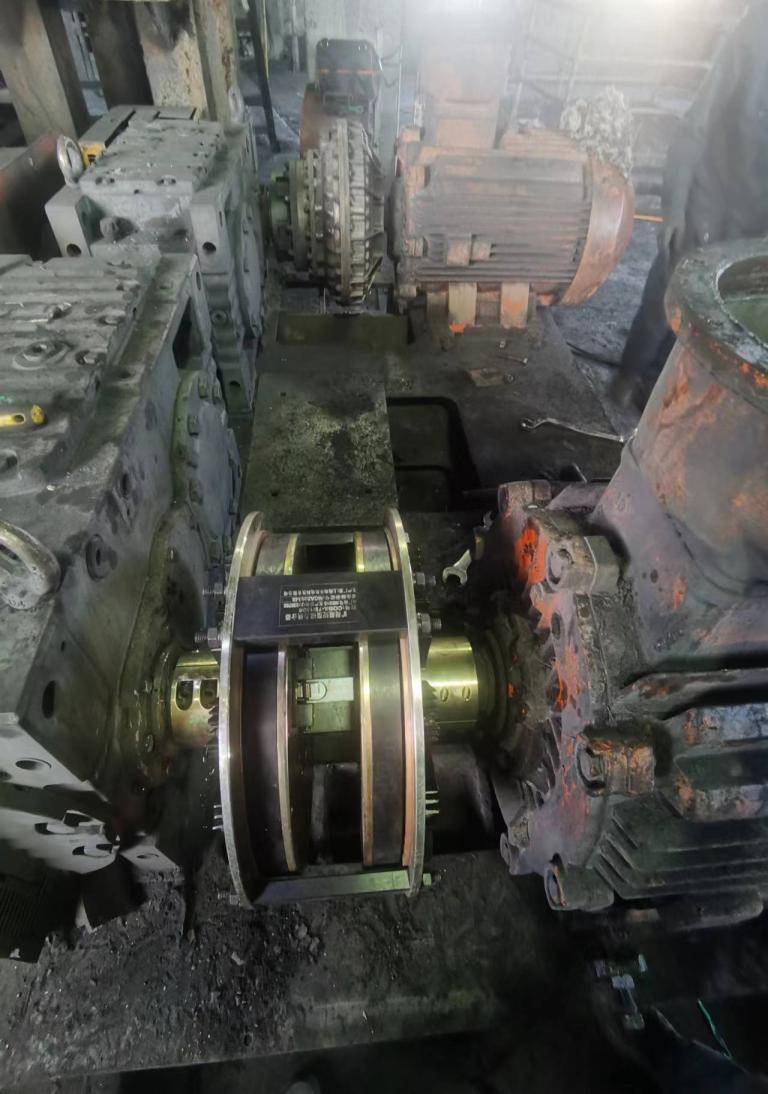In the realm of chainsaws, the performance of your cutting tool often hinges on the quality and type of chainsaw chain you choose. Determining which chainsaw chain is the best for your specific needs involves delving into various factors such as chain type, pitch, gauge, and design. In this comprehensive guide, we'll navigate through the intricacies of chainsaw chains to help you make an informed decision.
Understanding Chain Types:
Chainsaw chains come in various types, each tailored to specific applications. The most common types include full chisel, semi-chisel, and low-profile chains. Full chisel chains, with their square-cornered teeth, excel in precision and speed, making them ideal for professional lumbering. Semi-chisel chains strike a balance between speed and durability, making them versatile for both professional and occasional use. Low-profile chains, characterized by rounded teeth, are suitable for less demanding tasks.
Decoding Pitch and Gauge:
Pitch and gauge are crucial specifications that determine the compatibility of a chainsaw chain with your saw. Pitch refers to the distance between three consecutive rivets divided by two, indicating the chain's size. Gauge, on the other hand, measures the thickness of the drive links. Understanding these specifications ensures you choose a chain that seamlessly fits your chainsaw, optimizing performance and safety.
Specialized Designs for Specific Needs:
Chainsaw chains are designed for different tasks, such as cutting through hardwood, softwood, or even frozen wood. Additionally, specialized chains are available for tasks like ripping, carving, and pruning. Exploring these specialized designs ensures that your chainsaw chain is not only the best overall but also tailored to the specific tasks you frequently encounter.
Material Matters:
The material composition of a chainsaw chain significantly impacts its performance and longevity. High-quality steel alloys contribute to durability and resistance to wear. Titanium coatings and chrome plating enhance corrosion resistance, crucial for those working in damp or humid environments. Exploring these material aspects ensures you invest in a chainsaw chain that withstands the test of time and environmental conditions.
User Reviews and Recommendations:
Real-world experiences from fellow chainsaw users provide valuable insights into the practical performance of different chainsaw chains. Leveraging user reviews and recommendations helps in gaining a nuanced perspective, guiding you towards a chain that not only looks good on paper but excels in real-world scenarios.
Conclusion:
In the vast landscape of chainsaw chains, determining the best one involves a thoughtful consideration of chain type, pitch, gauge, specialized designs, and material composition. By understanding these factors and delving into user experiences, you can confidently choose a chainsaw chain that aligns with your specific needs and preferences. Remember, the best chainsaw chain is not a one-size-fits-all solution but one tailored to your unique cutting requirements.








+ There are no comments
Add yours